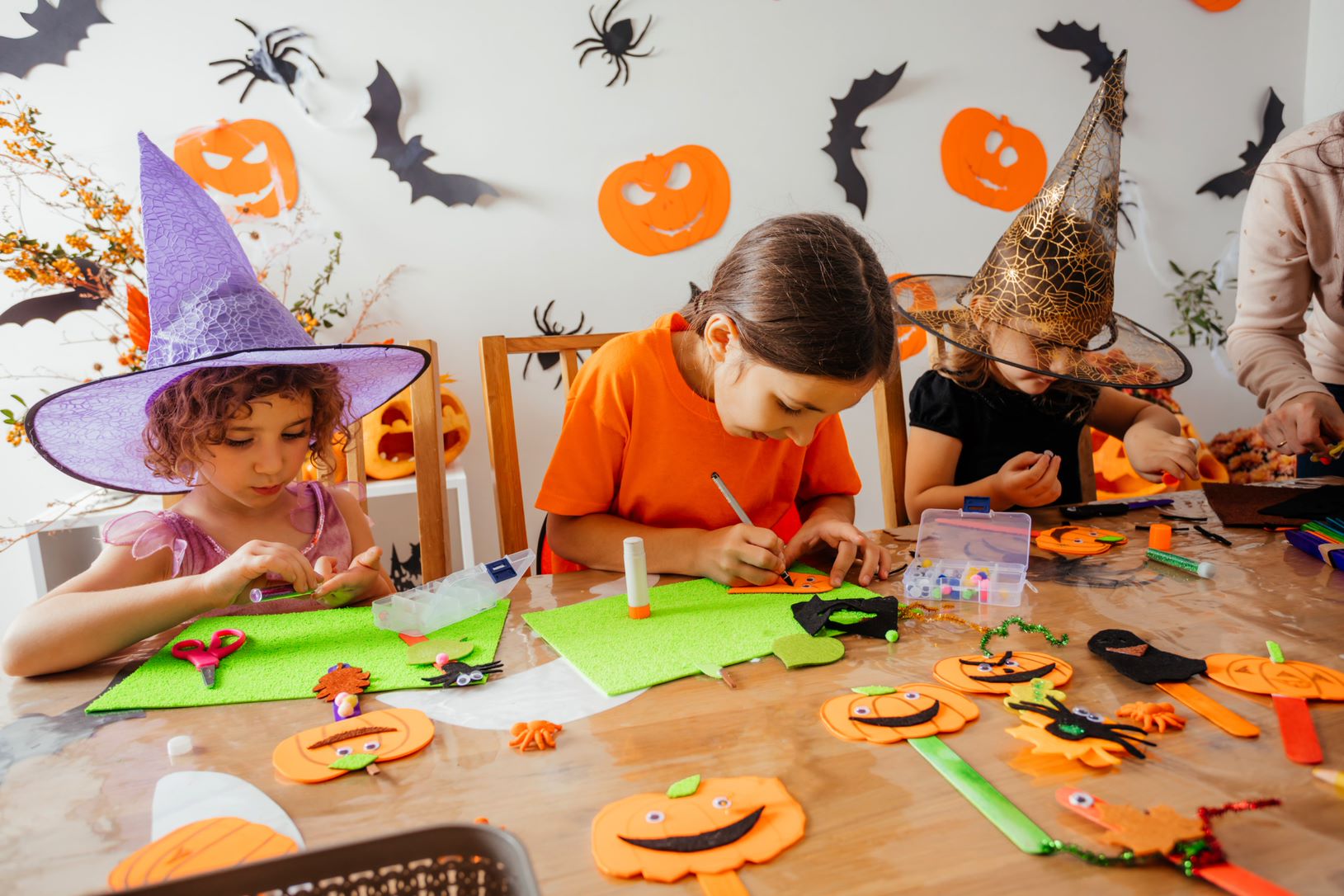Word identification Normal Worksheets for Ages 3-7
6 filtered results
-
From - To
Our Word Identification Normal Worksheets for ages 3-7 are designed to build strong foundational reading skills in young learners. These engaging, colorful printables help children recognize, identify, and understand basic words, establishing crucial literacy skills. With a variety of fun activities like matching, tracing, and writing exercises, these worksheets cater to different learning styles, ensuring every child can thrive. Perfect for home or classroom use, they aim to make learning enjoyable and effective. Empower your child’s reading journey with our expertly crafted worksheets that mix education with fun, paving the way for lifelong reading success.
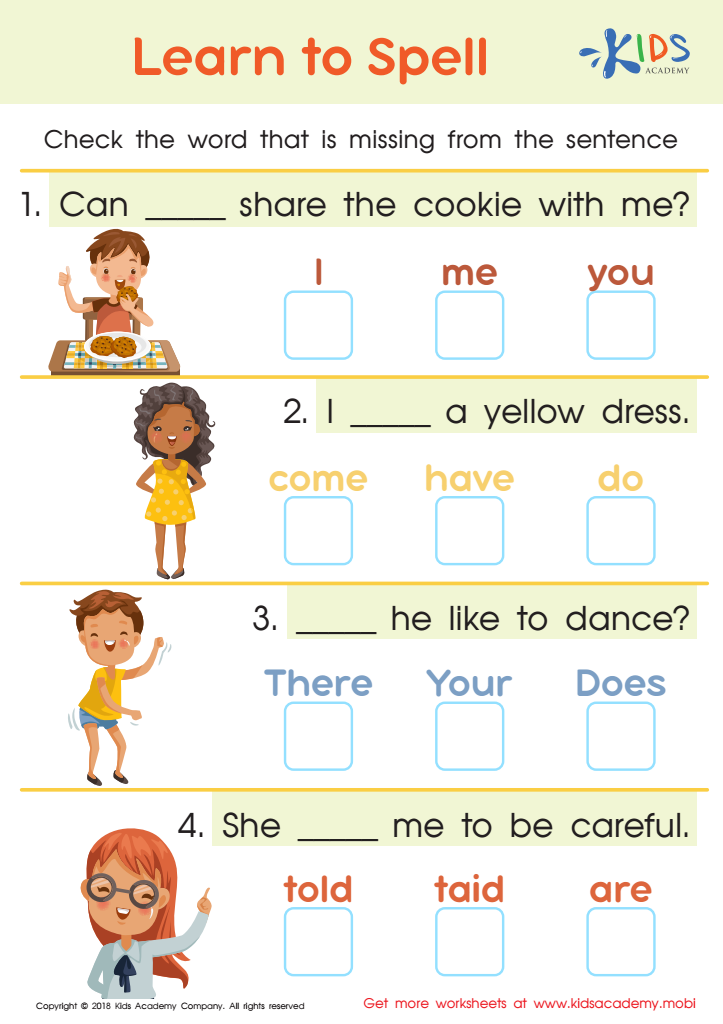

Learn to Spell Worksheet
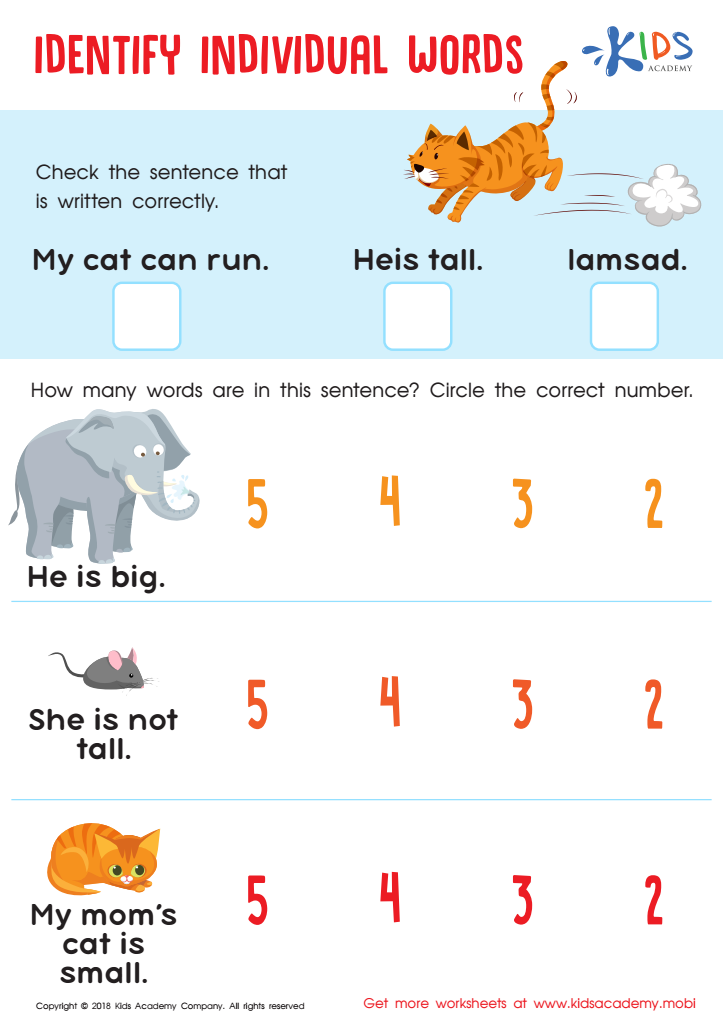

Identify Individual Words Worksheet
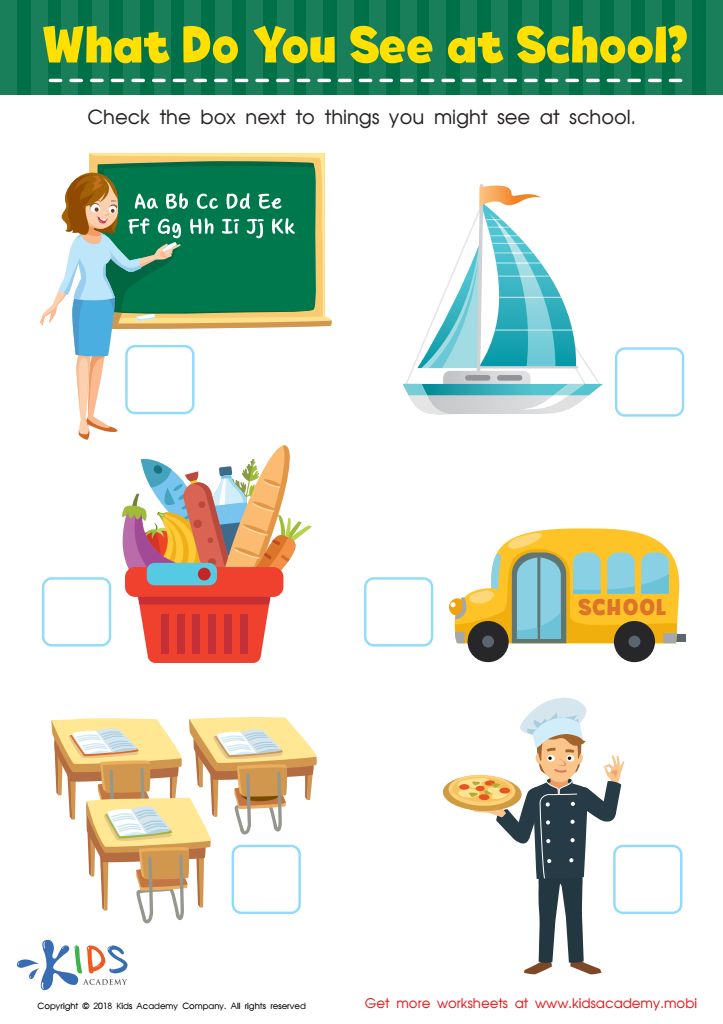

What Do you See at School? Worksheet
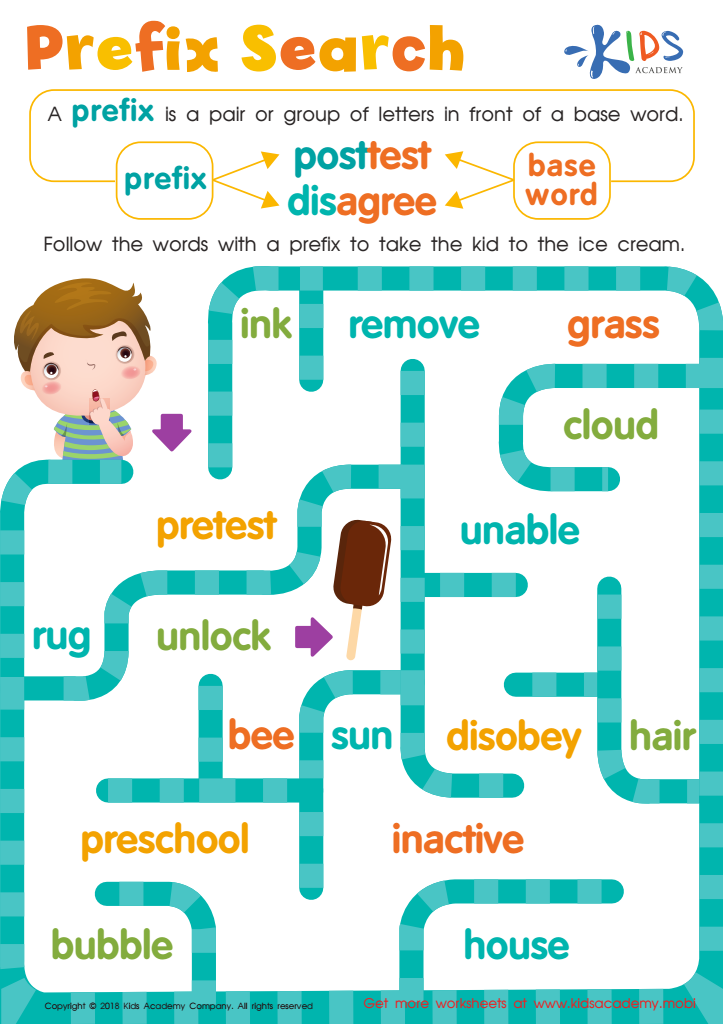

Reading: Prefix Search Worksheet
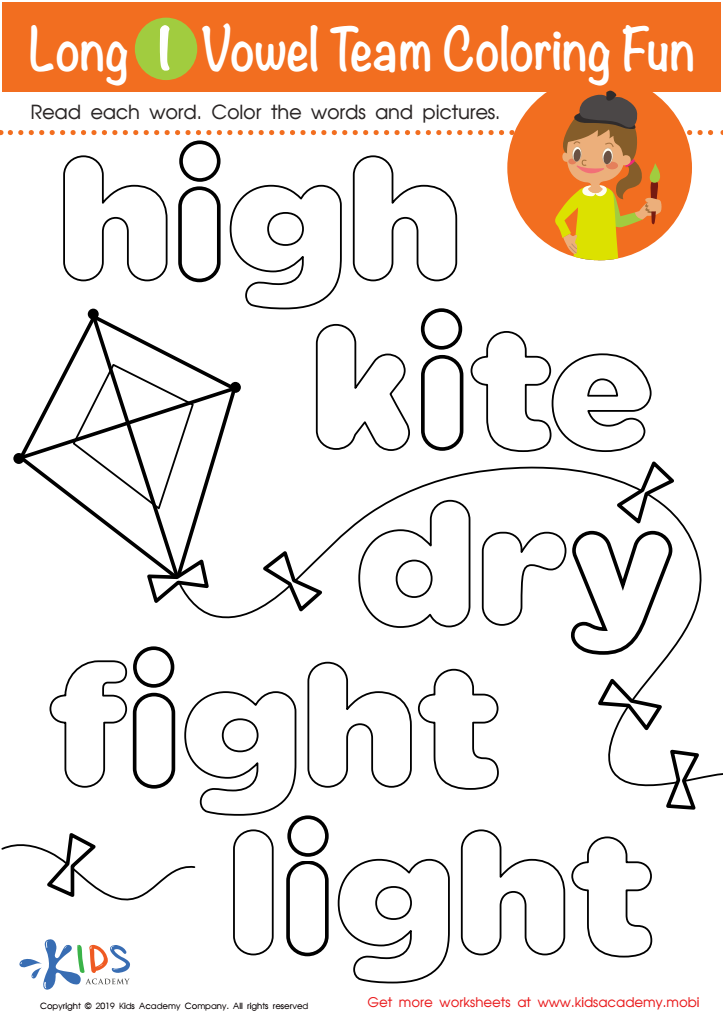

Long I Vowel Team Coloring Worksheet
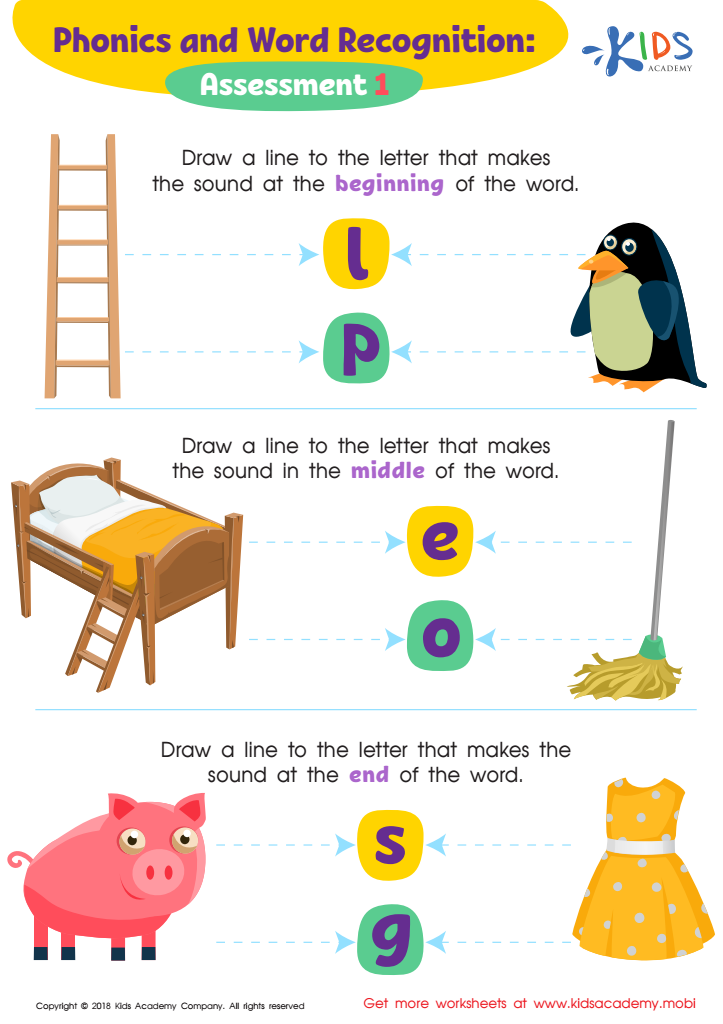

Phonics and Word Recognition: Assessment 1 ELA Worksheet
Word identification is a fundamental skill for children ages 3 to 7, laying the groundwork for their literacy development. During this critical period, young learners are at an optimal stage to build strong neural pathways that will support reading and language skills throughout their lives. Accurate word identification fosters self-confidence and enjoyment in reading, which are essential for a lifelong love of learning.
For parents and teachers, nurturing this skill means more than teaching children to recognize words; it involves encouraging phonemic awareness, vocabulary development, and comprehension. When children identify words with ease, their cognitive load is reduced, allowing them to focus on understanding and interpreting the material. This skill is a cornerstone for academic success because proficient readers are more likely to excel across all subjects.
Early identification skills also play a critical role in social development. Children who read well can participate more fully in classroom activities, engage in discussions, and express themselves more effectively. These interactions promote confidence and joy in learning, fostering a positive attitude toward school.
Moreover, timely identification of difficulties in word recognition can prompt early interventions, preventing long-term academic challenges. Therefore, an investment in word identification pays off significantly, aiding in a child’s overall academic and personal development.
 Assign to My Students
Assign to My Students




